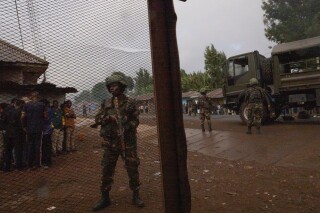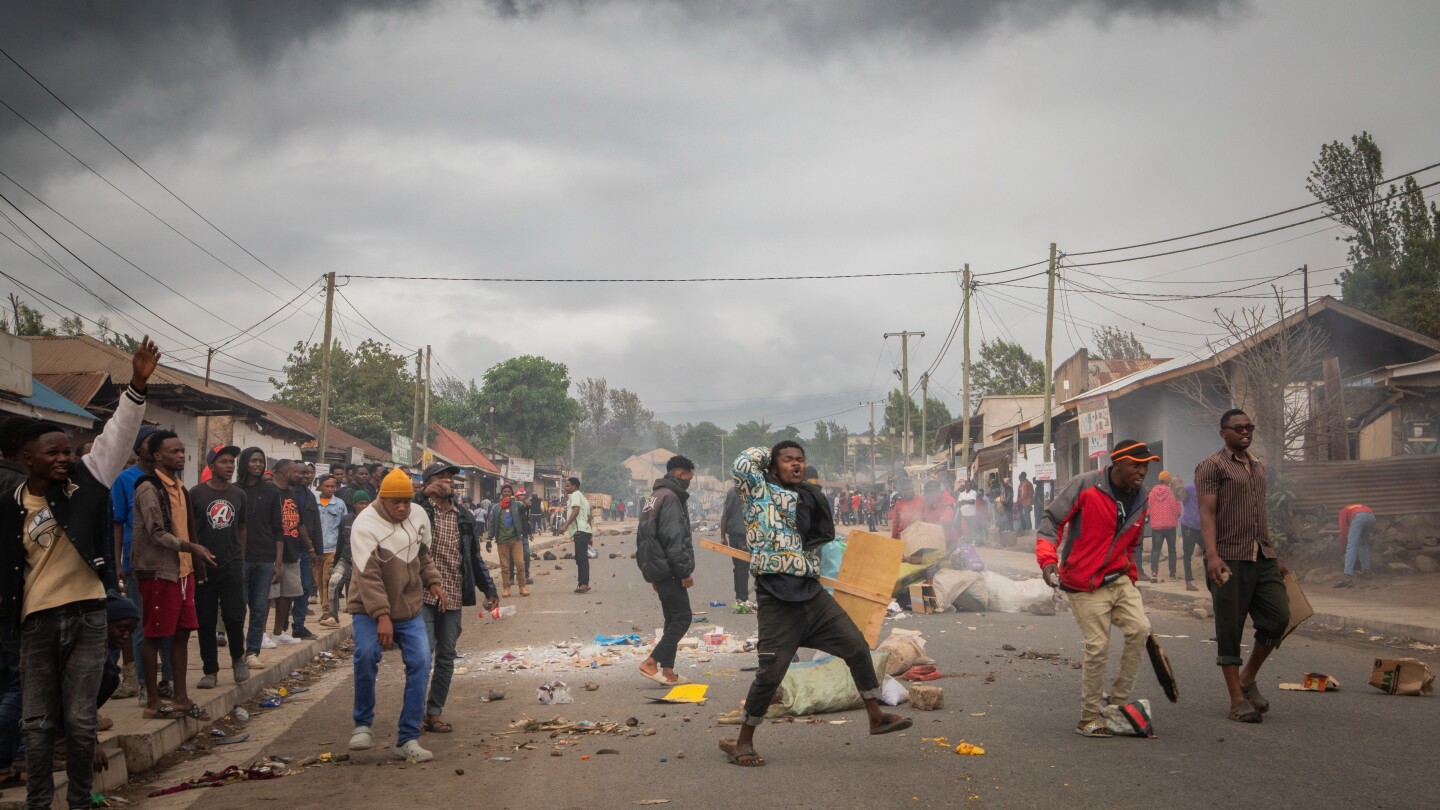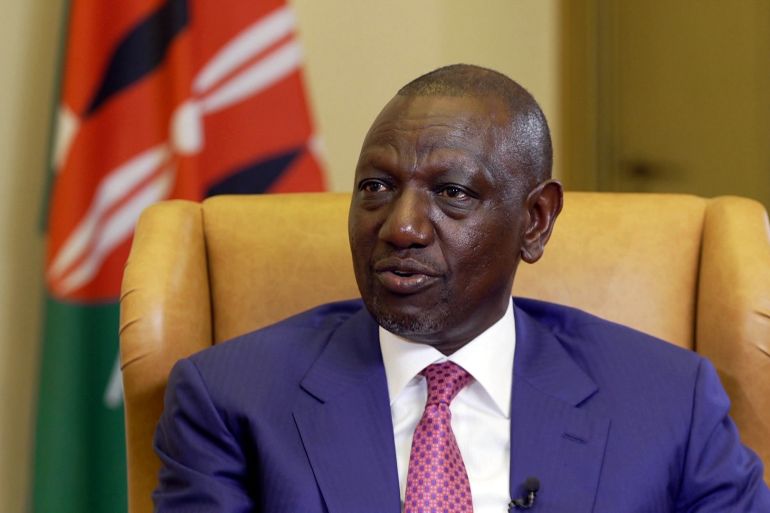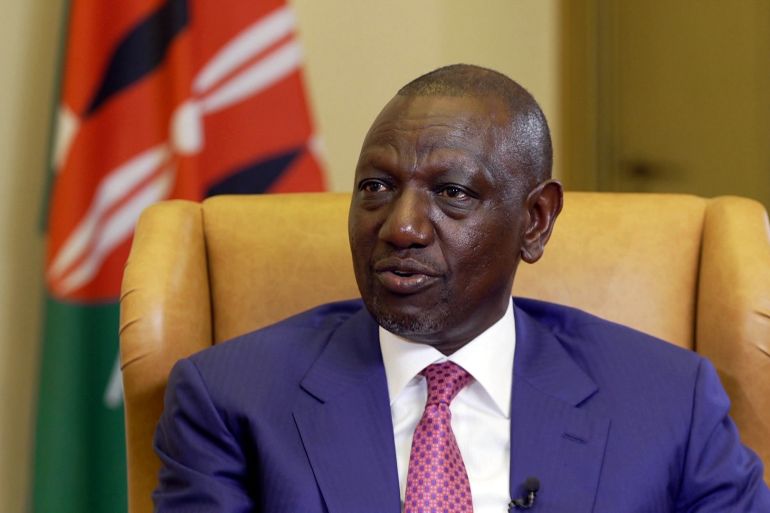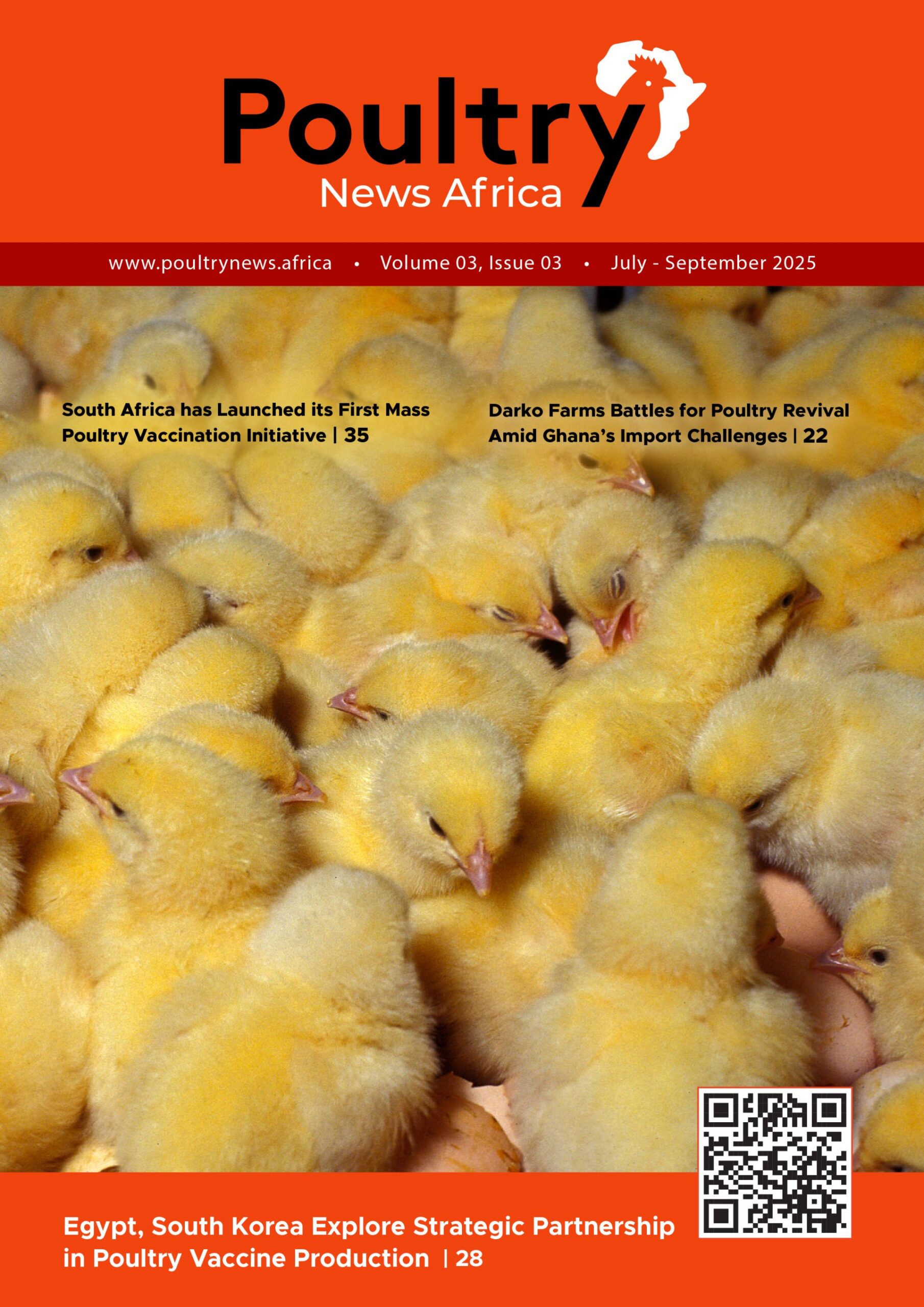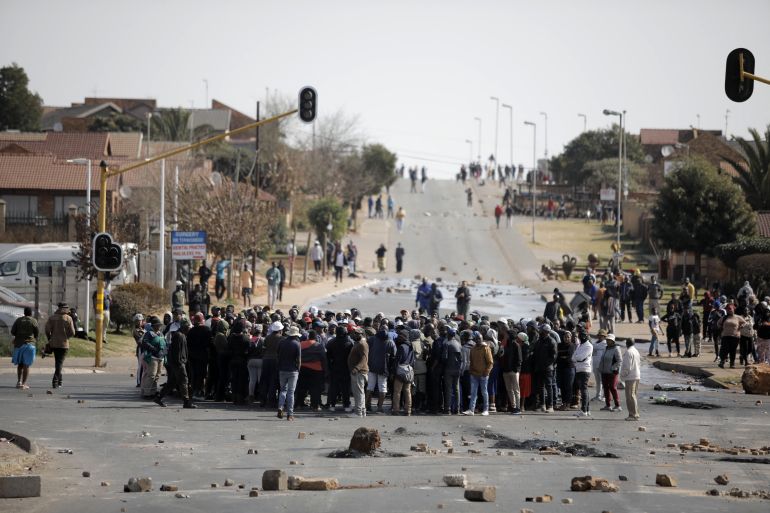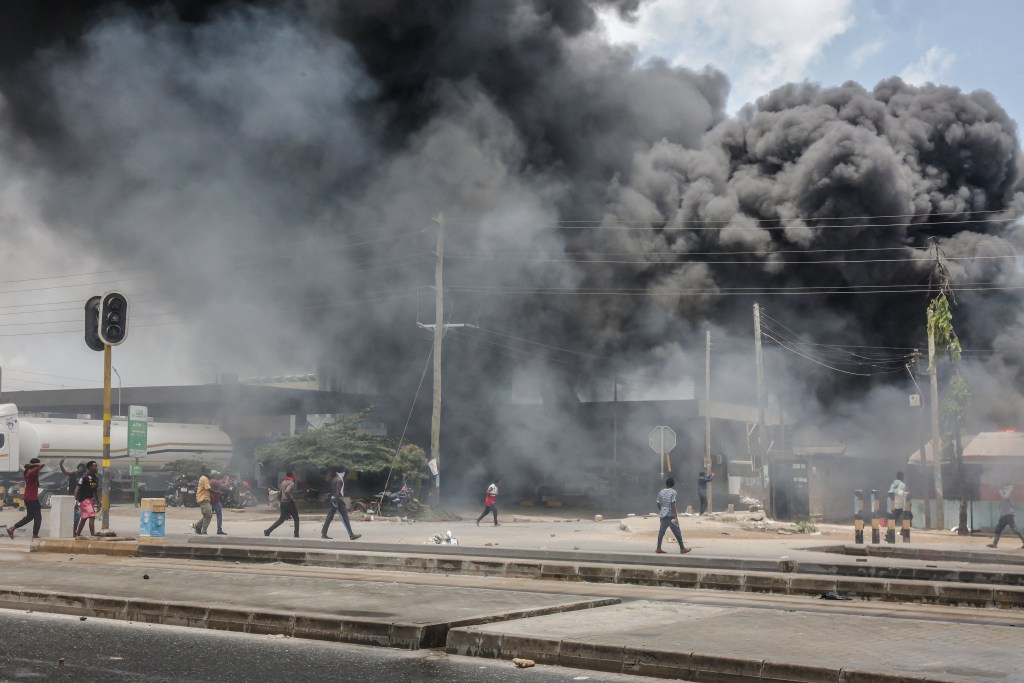
Southern California Bus Tragedy Unpacks Global Jitters and Economic Hurdles
Southern California just saw a bus overturn on a winding road, an incident sending twenty people to the hospital this past weekend. It’s a stark, somber reminder of the daily vulnerabilities we face on our transportation routes, especially those that wind through challenging terrain. But beyond the immediate local tragedy, doesn’t this incident make you think about the bigger picture, the interconnectedness of our world? We’re currently navigating a period of profound global unrest and economic uncertainty, where similar vulnerabilities are playing out on a much grander scale worldwide. For instance, the Russian Black Sea port of Tuapse was recently ablaze, a direct result of a sea drone attack, underscoring the escalating conflict in the Ukraine region. Ukrainian authorities confirmed the damage to one of the harbor piers, highlighting the critical strategic significance of port infrastructure in wartime logistics. The international security community keeps a close watch on such developments, as they carry significant global implications, particularly for the vital energy and grain shipments that fuel global markets. Closer to home, yet still connected, governments are grappling with supply chain challenges that intertwine deeply with these global conflicts and economic pressures. Germany, for example, has announced vigilant monitoring of its semiconductor chip supply. These tiny components are absolutely crucial, powering everything from our automobiles to consumer electronics, and a proactive stance reflects legitimate concerns about how geopolitical upheavals and trade disruptions could threaten essential technology inputs. If unchecked, these issues could undeniably slow down industrial production and stifle innovation across the board.
Right here on the home front, U.S. policy debates are heating up around the critical issue of food security, especially with a potential government shutdown looming. We’re all waiting to see what the Supreme Court decides regarding the resumption of full Supplemental Nutrition Assistance Program (SNAP) payments, a critical support system for millions of Americans facing food insecurity. The intersecting fallout of economic strain and ongoing adjustments to our social safety nets has many citizens on edge, underscoring the absolute importance of policy clarity in these uncertain times. Yet, amid these challenges, there’s a powerful narrative of resilience emerging from the agricultural sector. Innovative approaches to funding and food resilience are gaining serious traction, becoming central to broader efforts aimed at combatting the global food crisis. Gene Likhanya, a respected expert in farm finance, stresses that successful funding pitches must go far beyond just numbers. They need to tell a compelling story, one rooted in sustainability and measurable impact. Ideas like indigenous crops and alternative financing models aren’t just theoretical anymore; they’re increasingly viewed as promising, tangible solutions to diversify our food supplies and stabilize vulnerable communities. This vital trend aligns perfectly with wider global conversations on nutrition security and sustainable agriculture, complementing crucial policy discussions on international aid and food access for everyone.
The convergence of these seemingly disparate stories, from a local emergency on Southern California roads to the strategic implications of attacks on critical infrastructure in Eastern Europe, paints a truly complex picture of a world grappling with multiple, interconnected crises simultaneously. Transportation accidents serve as poignant reminders of immediate human vulnerabilities, while geopolitical conflicts and economic maneuvers relentlessly test the resilience of our global systems. Our collective attentiveness to fragile supply chains, the ongoing food security debates, and the explosion of agricultural innovation each represent crucial facets of a much broader, integrated effort to prepare for and respond to an ever-evolving set of global challenges. Looking ahead, the path forward will undoubtedly depend on highly coordinated responses. This means seamlessly marrying emergency management protocols, robust policy frameworks, and dynamic grassroots innovation. As governments weigh momentous decisions on social support programs and closely monitor technological supplies, communities and businesses alike are being called upon to innovate in both funding strategies and sustainability practices. Ultimately, the story of a bus overturning in Southern California transcends mere local tragedy. It serves as a powerful microcosm of a world actively seeking stability and effective solutions amid widespread disorder. For citizens and leaders alike, this moment genuinely offers a profound chance to reflect on safety, supply, and sustainability as intertwined, non-negotiable priorities for forging more resilient futures for all.






